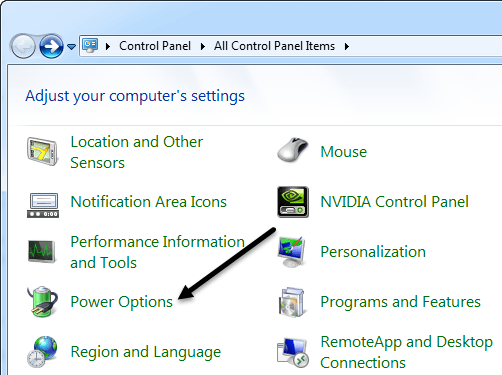

An overview of the Windows 10 user experienceīefore we dive into detailed descriptions of individual features, please join us for a brief tour of Windows 10.

We hope that our descriptions are clear enough that you’ll be able to take those small changes in stride. (To see which version you’re using, look under Windows Specifications at Settings > System > About.) It’s possible that some of the screenshots and step-by-step instructions you find in this book may not match exactly the system you’re working with. Version 2004 is the basis for this book, but by the time you read this, you may be looking at a later version. It’s worth getting reacquainted to see what’s new.Ī quick disclaimer: In this chapter and throughout, we write and depict the operating system as it stood in mid-2020. The interface has “matured” over these last several years-that is to say, changed in subtle and significant ways for the better. Microsoft now provides semiannual updates to Windows, continually introducing new features and enhancing existing ones. But even if you’ve been happily and productively working with Windows 10 since the operating system debuted in July 2015, you might want to give this chapter a quick perusal. If you’re just arriving in Windows 10 after spending months or years with Windows 7, you’ll find both familiarity and novelty here. We look at all the things that you tap, click, drag, and drop in order to make Windows do what you want it to do. This chapter covers the basics of the Windows 10 user interface. Reviewing, revisiting, resuming with Timeline Using and customizing the Windows 10 Start menu An overview of the Windows 10 user experience


 0 kommentar(er)
0 kommentar(er)
